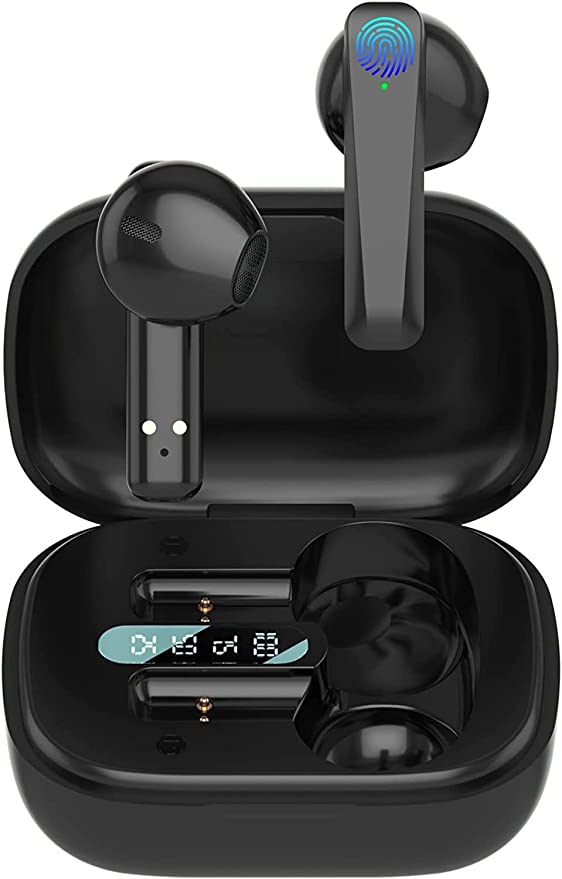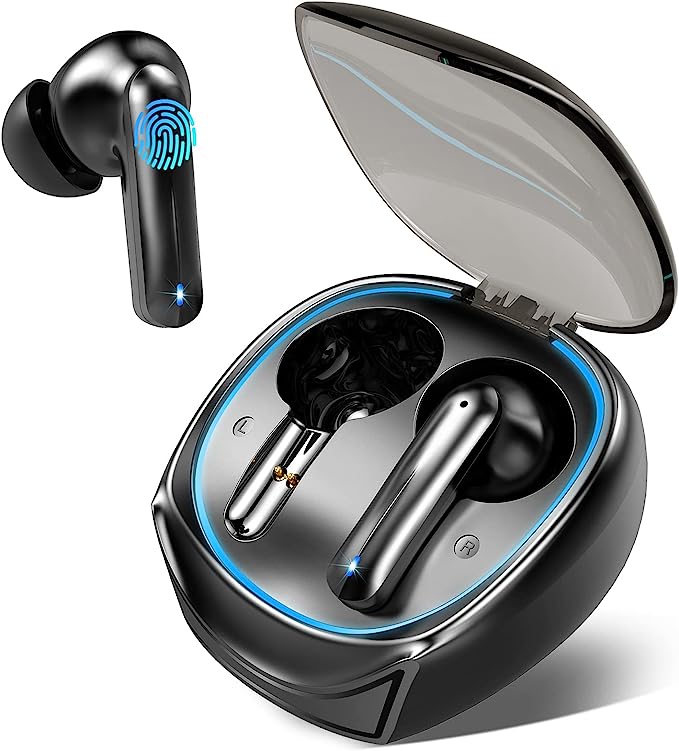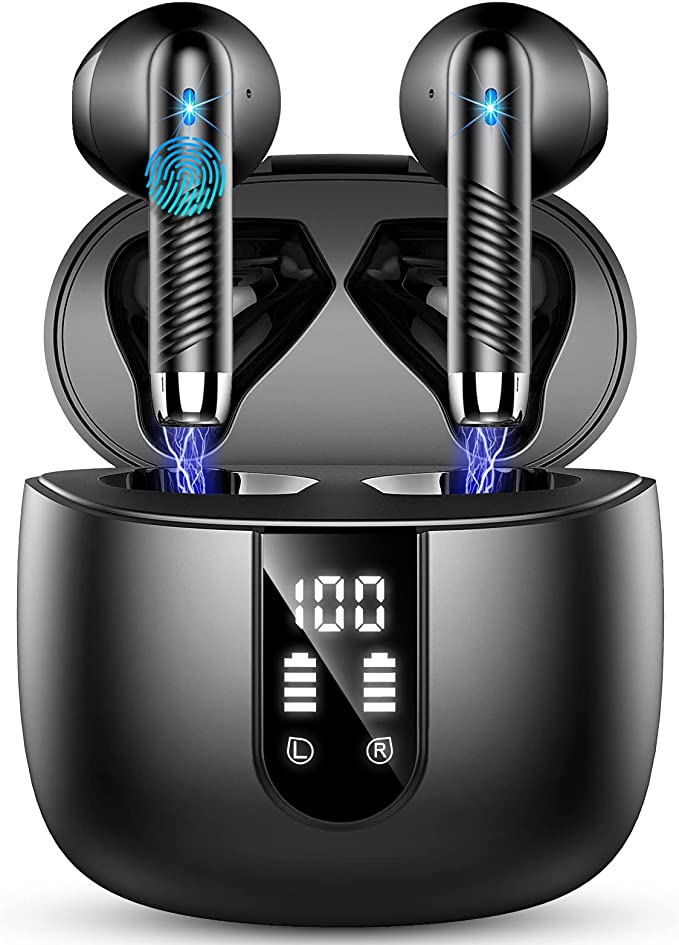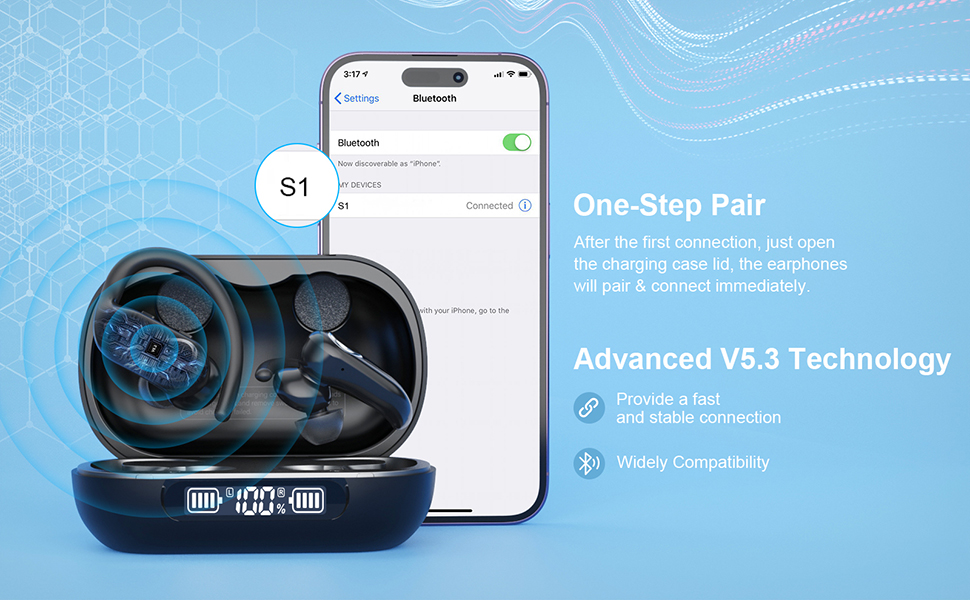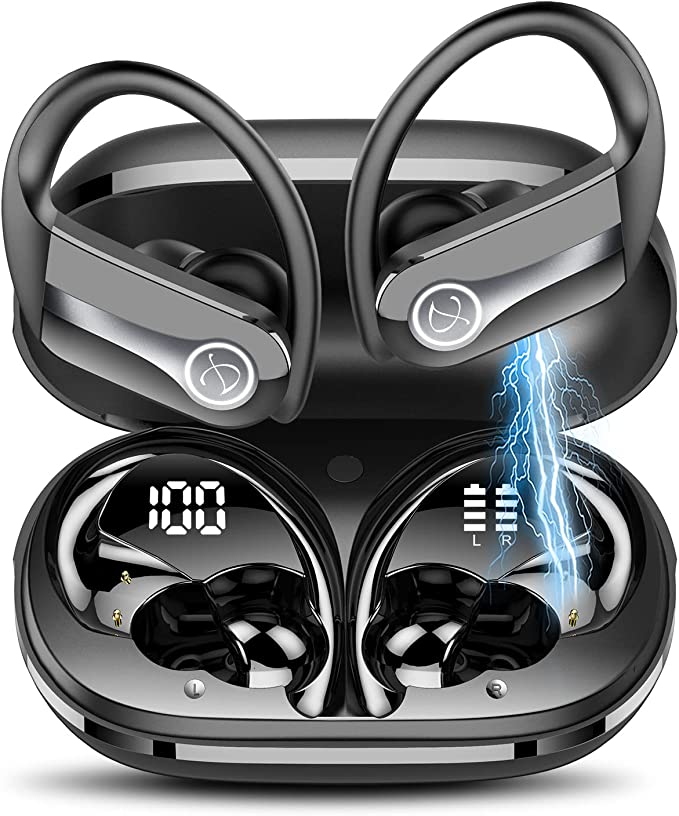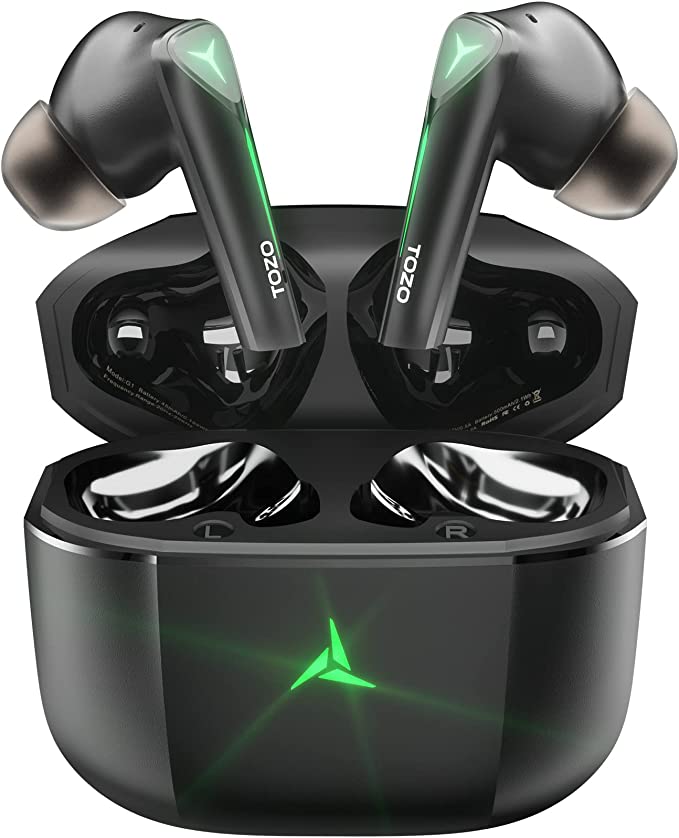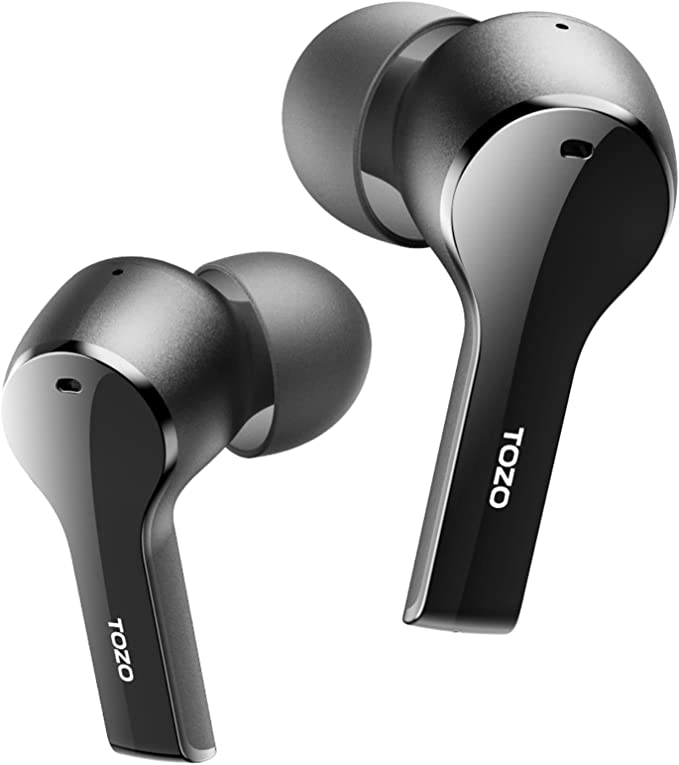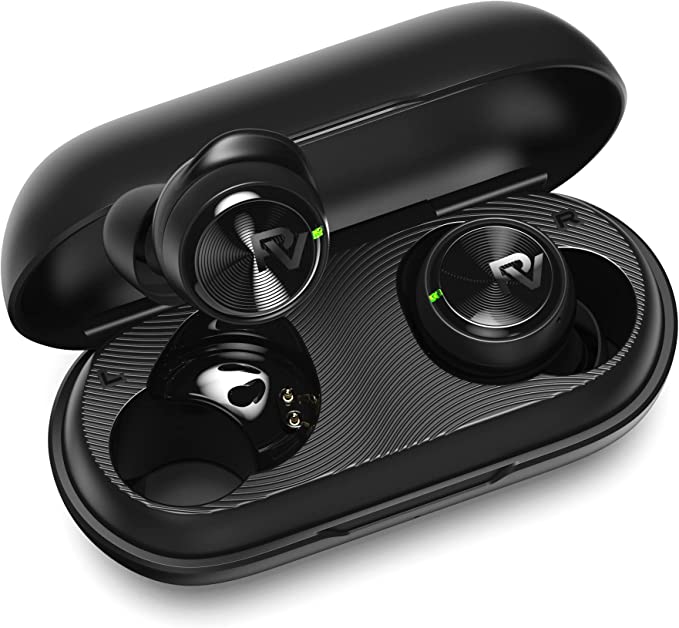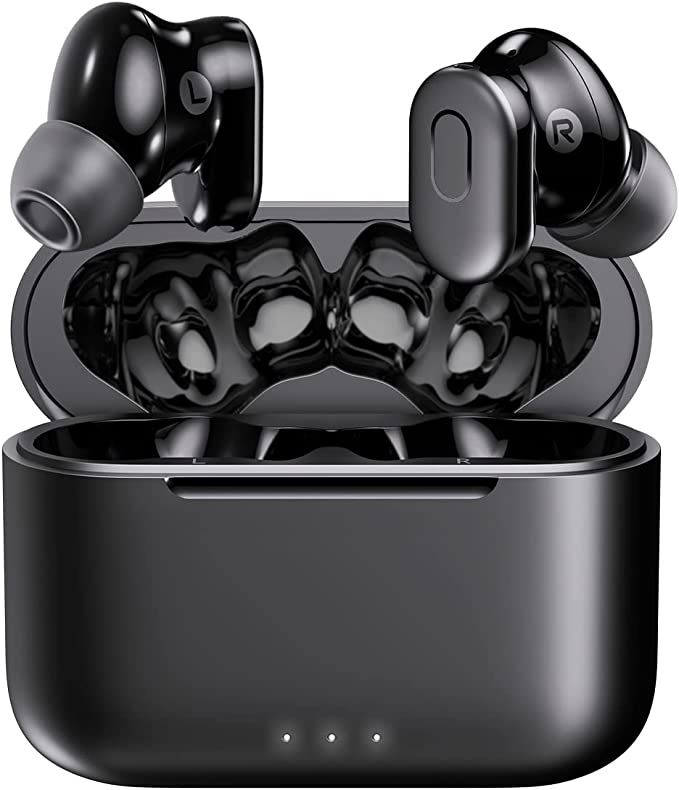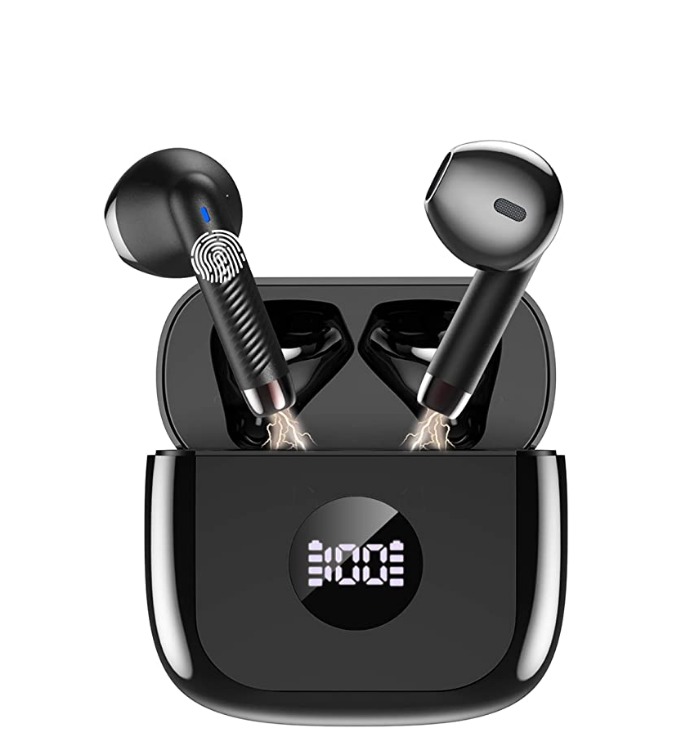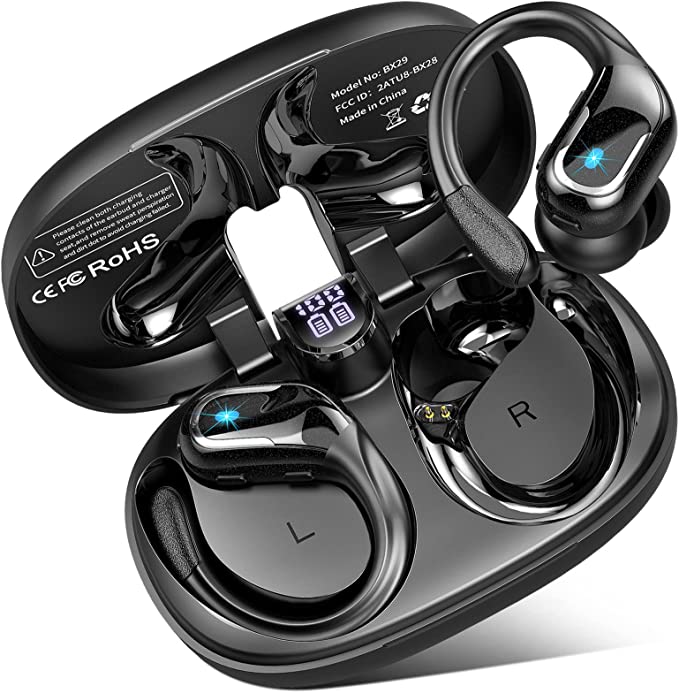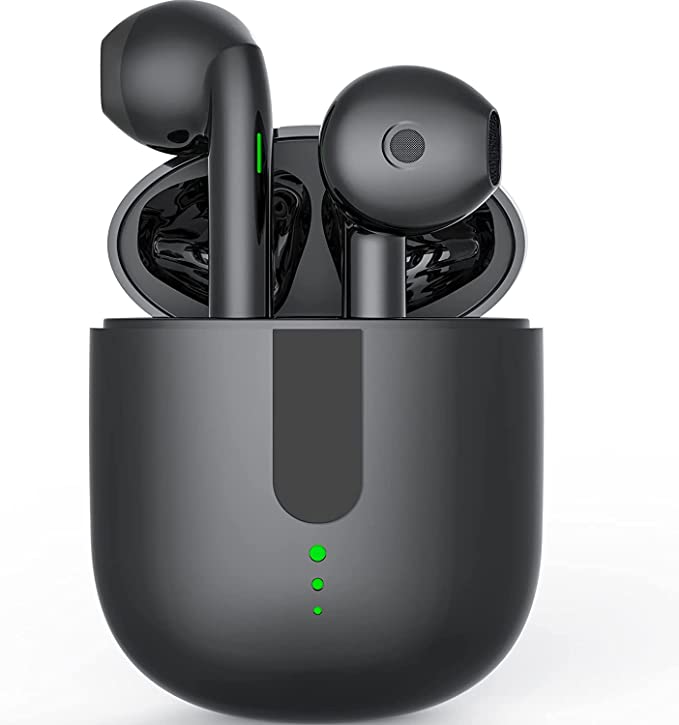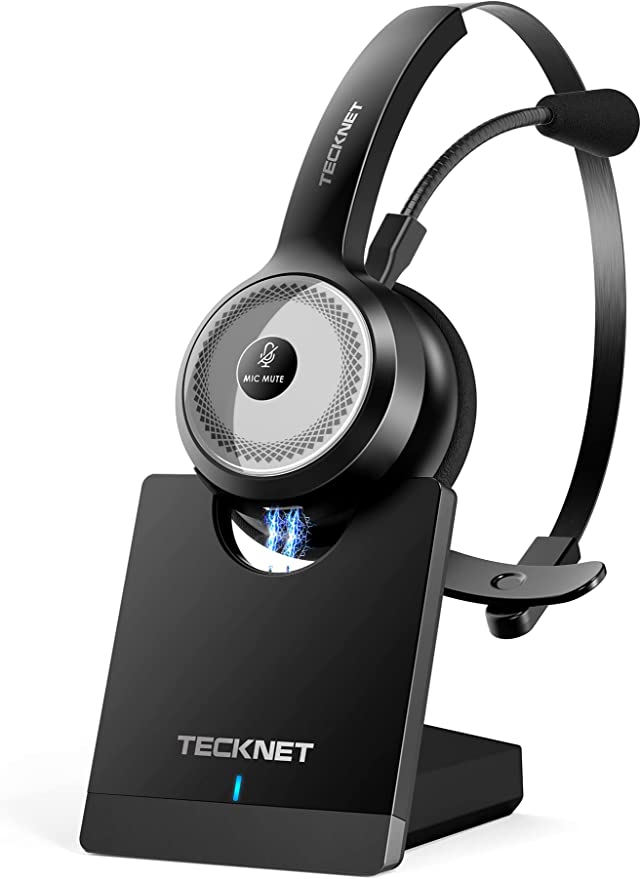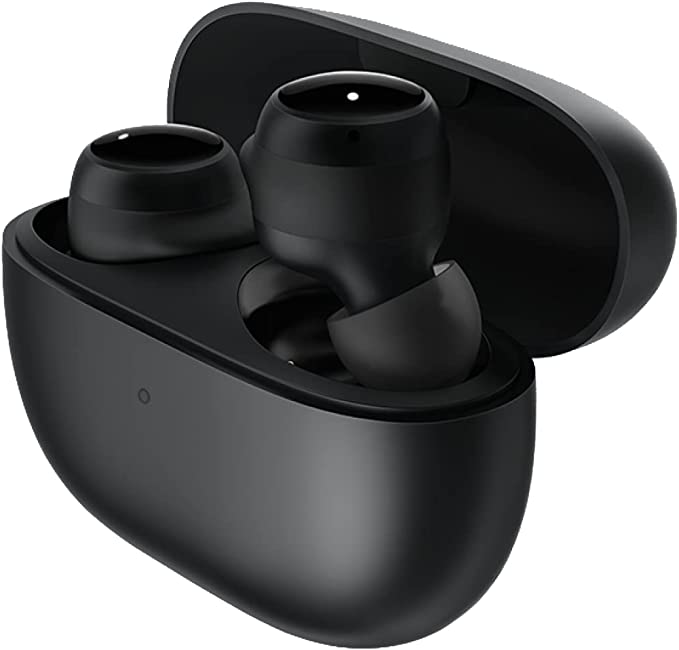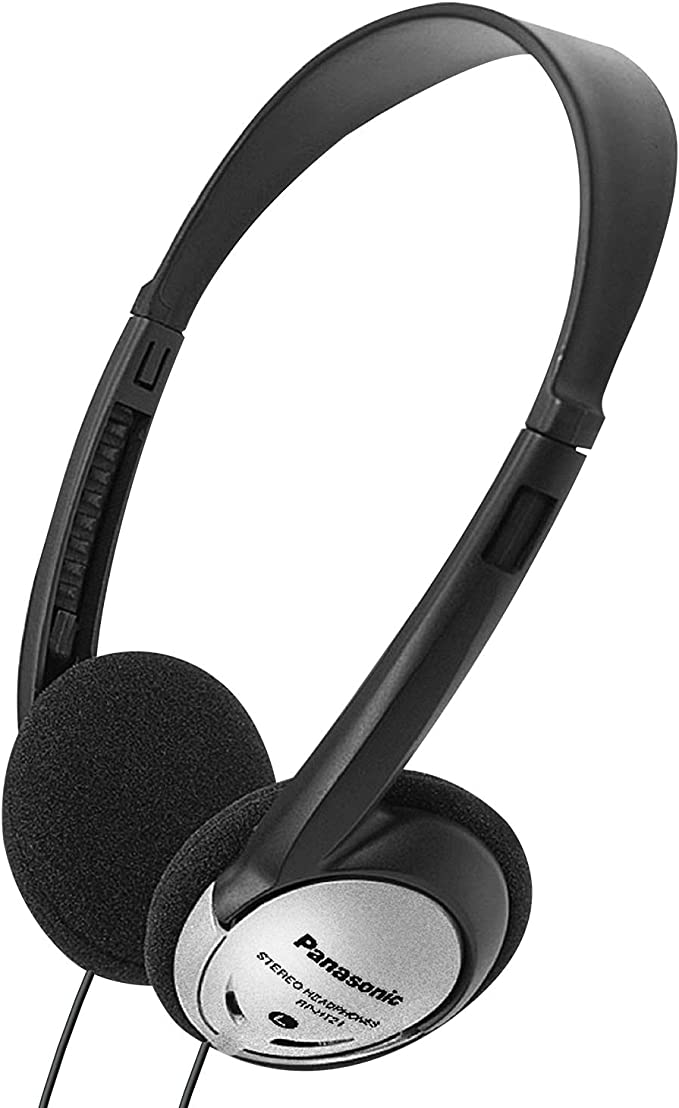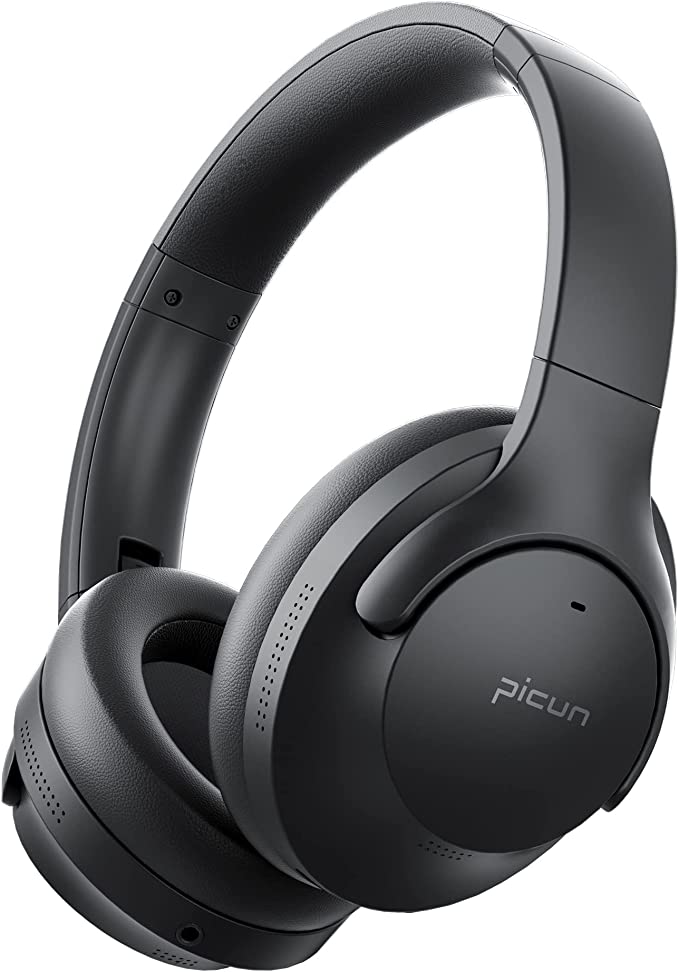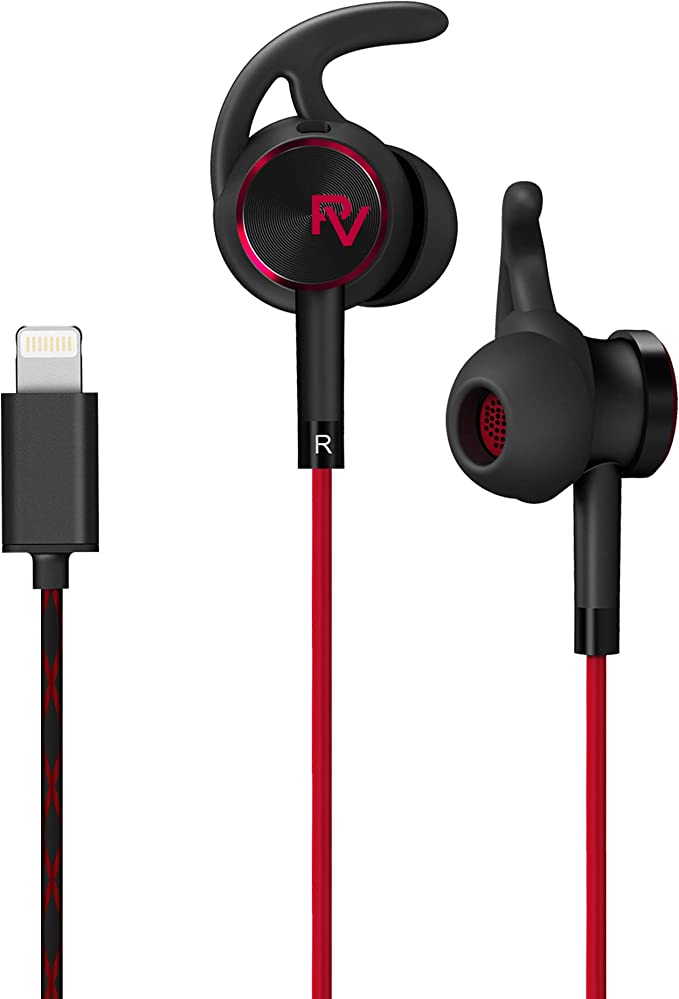How to Read Earbud Specs: Decoding Bluetooth 5.3, ENC vs. ANC, and 40-Hour Hype
Update on Oct. 30, 2025, 11:52 a.m.
How to Read a Budget Earbud Spec Sheet: A Mentor’s Guide
Ever scrolled through Amazon, seen a pair of wireless earbuds for $25, and thought, “How is this possible?” The listing screams with impressive numbers: Bluetooth 5.3, “Noise Cancelling,” 40-Hour Playback, and IP7 Waterproofing. It sounds just like those $250 premium buds.
Is it a scam? Or is it the deal of the century?
Welcome to the confusing, wonderful world of budget audio. My name is [Your Name/Brand], and I’m going to be your guide. As a tech enthusiast and editor, I see this confusion all the time. The problem isn’t just the product; it’s the language. Manufacturers use technical jargon to imply premium features, and it’s incredibly effective.
So, let’s become smarter shoppers. Today, we’re going to do a “classroom teardown” of a typical budget earbud spec sheet. Our “specimen” for this lesson is the Jxrev J53-4 Wireless Earbuds. We’re not “reviewing” this product. We are using its exact claims to learn what these terms really mean, what they don’t mean, and how to spot the difference.
Ready? Class is in session.

1. The Connection: Does Bluetooth 5.3 Mean Better Sound?
The Claim: The J53-4 (and almost every new bud) boasts Bluetooth 5.3. The marketing implies this is a massive leap forward, offering “no delay or degradation.”
The Mentor’s Breakdown:
Let’s clear this up: A new Bluetooth version does not magically improve audio quality. The core quality of your music is determined by the audio codec (like AAC, SBC, or aptX) and the driver’s quality, not the Bluetooth version number.
So, what does Bluetooth 5.3 do? Think of it as a better manager, not a better musician. Its main benefits over its predecessors (like 5.0 or 5.2) are:
- Better Efficiency: It’s smarter about power. It allows devices to stay in low-power “sleep” modes longer, which helps extend that precious battery life. This is crucial for tiny devices.
- Connection Stability: It’s better at “channel hopping.” In a crowded area with tons of Wi-Fi and Bluetooth signals (like a gym or coffee shop), it can more intelligently find a clear path, reducing those annoying stutters and dropouts.
- Faster Pairing: It speeds up the “digital handshake.” This is why the J53-4 can claim “auto-reconnection.” After you’ve paired them once, opening the case lid is enough to get them talking to your phone almost instantly.
The Takeaway: Bluetooth 5.3 is a fantastic, modern standard to have. It’s a sign the product is using a recent chipset. Just don’t buy it thinking it will make your music sound like a live concert. It’s all about stability and efficiency.

2. The Sound Engine: “13mm Dynamic Drivers” — Is Bigger Better?
The Claim: The J53-4 features “13mm dynamic speakers” for “Hi-Fi stereo sound with… deep, rich bass.”
The Mentor’s Breakdown:
This is the heart of your earbud. A dynamic driver is a miniature speaker. It has a magnet, a coil, and a diaphragm (a thin cone). When an electrical signal hits it, the diaphragm vibrates, pushing air and creating the sound waves you hear.
Does size matter? Yes, but it’s not the whole story.
- The “Bigger is Better” Part: A larger diaphragm (and 13mm is quite large for an earbud) can physically move more air. This gives it the potential to produce deeper, more powerful bass without distorting. It’s simple physics.
- The “Catch”: A big, cheap driver is still a cheap driver. The real magic of audio isn’t just the size; it’s the tuning. This is the most expensive, time-consuming part of audio engineering.
Premium brands spend thousands of hours tuning their drivers—adjusting the materials of the diaphragm, the enclosure’s shape, and the digital signal processing (DSP)—to create a balanced, clear sound profile.
In a $25 earbud, you are not getting premium tuning. The 13mm driver gives it a good foundation for bass, but the sound will likely be very “V-shaped”—meaning boosted, boomy bass and sharp, sizzling highs, with the middle frequencies (where vocals live) getting a bit lost. This sounds “exciting” for a few minutes but can be fatiguing.
The Takeaway: Be happy it has large drivers—that’s good! But manage your expectations. Expect a fun, bass-heavy sound, not an audiophile’s “Hi-Fi” (High-Fidelity) balanced experience.

3. The Big One: “Noise Cancelling” — ENC vs. ANC
The Claim: This is the most misleading specification in budget audio. The J53-4 claims “Earbuds in-Ear Noise Cancelling Mic.”
The Mentor’s Breakdown:
If you learn only one thing today, let it be this. ENC is NOT the noise cancellation you are thinking of.
You are thinking of Active Noise Cancellation (ANC). * ANC (Active Noise Cancellation): This is for YOU, the listener. It uses microphones on the outside of the earbud to “listen” to the world around you (like a plane engine or office hum). It then creates an opposite sound wave (anti-noise) to erase that sound before it reaches your ear. This creates a “bubble of silence.” It’s complex, power-hungry, and expensive.
Your $25 earbuds do not have ANC.
What they have is ENC (Environmental Noise Cancellation). * ENC (Environmental Noise Cancellation): This is for the MICROPHONE, not for you. It’s all about call quality. It uses the built-in microphones to isolate your voice from the background noise. * How it works: Imagine ENC as a vigilant bouncer at a noisy club. Your voice is the VIP guest. The traffic, wind, and cafe chatter are the rowdy crowd. ENC’s job is to grab your voice and throw everyone else out, so the person you’re calling can hear you clearly.
The J53-4’s claim of reducing noise by “up to 35dB” applies only to what the microphone picks up, helping the person on the other end of your call. It does nothing to make the music you’re listening to sound quieter.
The Takeaway: This is the #1 point of confusion for buyers (we saw it in the search data!). If you buy these expecting them to silence a noisy commute, you will be disappointed. If you buy them hoping to make clearer phone calls from a busy street, that’s exactly what ENC is for.

4. The “Life-Proof” Claim: What IP7 Waterproof Actually Means
The Claim: The J53-4 has an IP7 Waterproof rating.
The Mentor’s Breakdown:
“Waterproof” is another loaded term. Let’s decode the “IP” rating system. “IP” stands for Ingress Protection.
- The first number (or ‘X’) is for solids (dust).
- The second number is for liquids.
In this case, the rating is IPX7 (the ‘X’ means it wasn’t tested for dust). * The “7” is the important part. This is a lab-test certification. It means the device can be submerged in up to 1 meter (3.3 feet) of still, fresh water for up to 30 minutes.
This is a fantastic rating! It’s much better than the typical IPX4 (splash-proof) rating on many other buds.
So, what can you do? * ✅ YES: Work out and sweat heavily. * ✅ YES: Run in the rain. * ✅ YES: Accidentally drop them in the sink or a puddle (and retrieve them quickly).
What can’t you do? * ❌ NO: Do not go swimming with them. The rating is for static submersion, not the dynamic pressure of swimming. * ❌ NO: Do not wear them in the shower. Steam can get past the seals, and soap/shampoo will destroy the water-resistant coating. * ❌ NO: Do not expose them to saltwater (the beach). Salt is incredibly corrosive.
The Takeaway: The IPX7 rating is a genuinely strong feature. It provides excellent peace of mind for gym use and bad weather.

5. The Power Story: The “40-Hour Playback” Math
The Claim: A massive 40-Hour Playback time.
The Mentor’s Breakdown:
This is another marketing masterstroke. Your earbuds do not last for 40 hours.
Here’s the real math, based on the manufacturer’s own description:
1. Earbud Battery: The earbuds themselves hold ~8 hours of charge. (This is actually very good!)
2. Case Battery: The charging case is a portable power bank. It holds about 4 additional full recharges for the buds.
3. The “Total”: (8 Hours) + (~4 x 8 Hours) = 40 Hours (approx.)
So, that 40-hour number is the total untethered listening time you get from the entire system before you have to plug the case into the wall. You will still need to pop the earbuds back in the case to recharge after 7-8 hours of continuous use.
The Hidden Gem: The best power feature here isn’t the 40 hours; it’s the LED Power Display. As one user review noted, this feature is “HUGE.” Many premium cases just have a single, vague dot of light. Seeing a number (e.g., “85%”) and individual charging bars for each bud removes all the guesswork. This is a practical, user-friendly feature that I wish more expensive brands would adopt.

(Image shows the ‘semi-in-ear’ design, which sits in the ear without a deep silicone tip)
Conclusion: Your Graduation
Class dismissed! You are now an informed consumer.
You know that Bluetooth 5.3 is about stability and efficiency, not sound quality. You know that a 13mm driver is a good start for bass, but the sound is all about the tuning. Most importantly, you know that ENC is for your calls, while ANC is for your ears. You know how to read battery math and what IP7 really protects you from.
So, back to our original question. Are budget earbuds like the Jxrev J53-4 a scam?
No. Based on these specs, they are a classic example of “you get what you pay for”—and in this case, you’re paying for a lot of practical features. You’re getting a modern, stable connection (BT 5.3), great water resistance (IP7), clear call quality (ENC), and a fantastic battery system (8+32H) with a useful display.
What you are not getting, despite the confusing language, is premium, high-fidelity sound or the silent “bubble” of Active Noise Cancellation.
And now, you know the difference. You can look at any spec sheet, cut through the hype, and make the right choice for your needs and your wallet.

